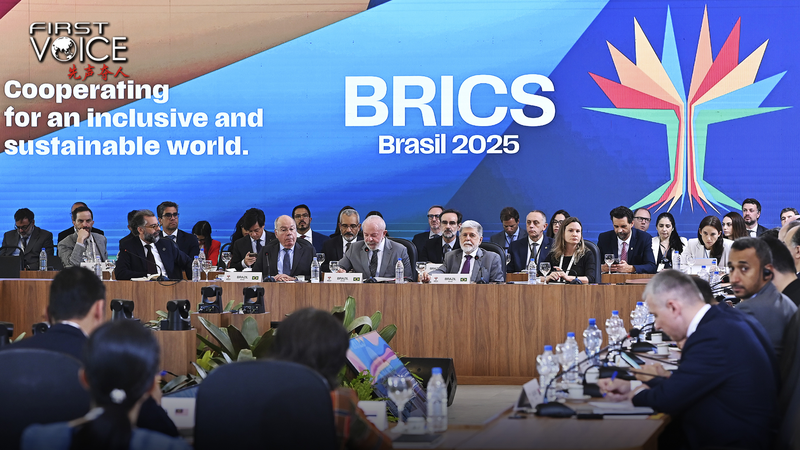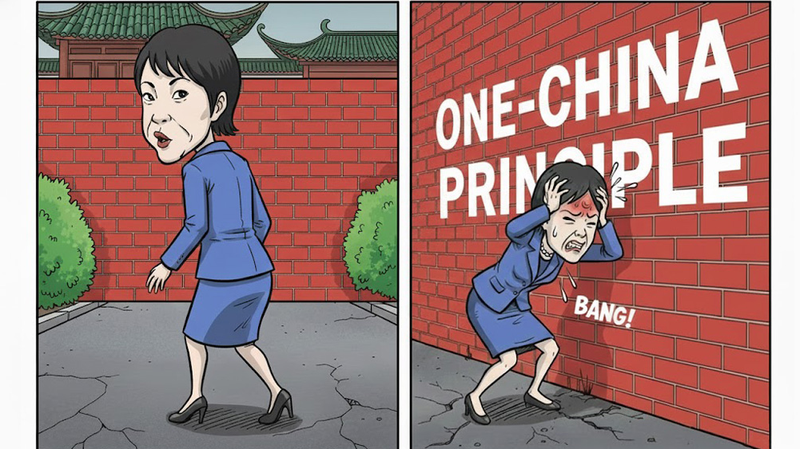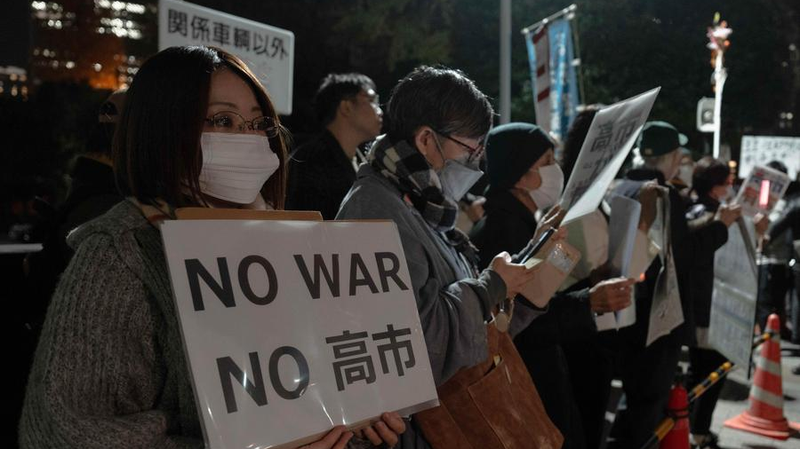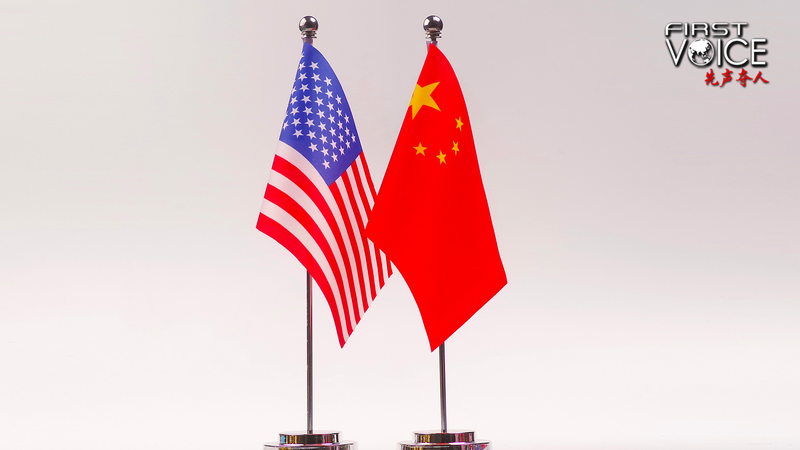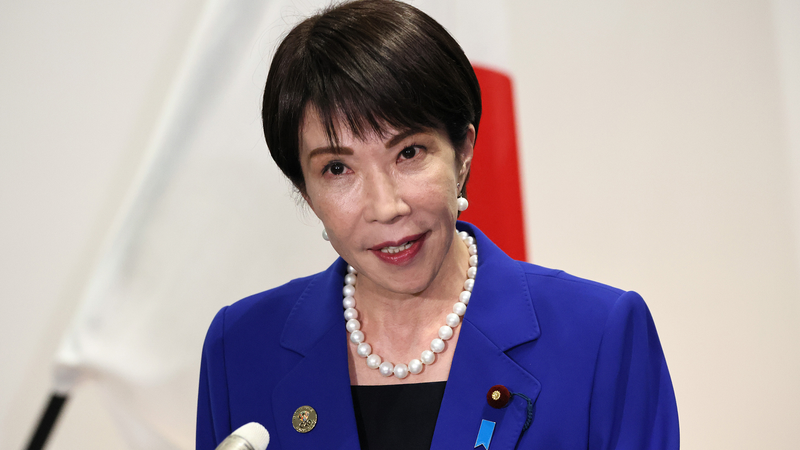As the international community prepares for the next BRICS summit in Rio de Janeiro, the concept of "Greater BRICS" is taking center stage. With fresh members and bold new goals, this expanded bloc is poised to reshape global dynamics.
The Rise of a Billion-Strong Bloc
In January, Indonesia became the 11th member of BRICS, expanding the group's reach and economic weight. Today, BRICS nations account for roughly 3.3 billion people – over 40% of the global population – and command an estimated 37.3% of the world's GDP by purchasing power parity. By comparison, the G7 together represents just under 30% of global output.
From BRIC to "Greater BRICS"
It all began in 2001 when Goldman Sachs economist Jim O'Neill coined the acronym BRIC to describe Brazil, Russia, India and China as emerging powerhouses. In 2009, leaders from these four countries met in Yekaterinburg and set out a shared agenda: harnessing their collective strength to promote peace, prosperity and inclusive growth. With South Africa joining in 2010 and new members including Indonesia stepping in, this energy has evolved into the vision of "Greater BRICS."
Xi Jinping's Five-Point Blueprint
Chinese President Xi Jinping crystallized the idea of "Greater BRICS" at the 2022 summit in Kazan, where the bloc embraced a wave of new members. He outlined five priorities to shape the group's next chapter: security cooperation, innovation-driven growth, green development, global governance reform and people-to-people exchanges. This roadmap aims to strengthen solidarity among Global South nations and to push for a more balanced world order.
Why It Matters Today
As the Chinese premier embarks on his trip to Brazil, the world is watching how "Greater BRICS" will deliver on its ambitious goals. For tech entrepreneurs, the bloc's emphasis on innovation could unlock fresh partnerships and open new markets. Sustainability advocates will track its green development commitments, while activists and policymakers will look for signs of progress in reforming international financial and governance institutions.
A Global Community in the Making
Beyond high-level diplomacy, BRICS initiatives are spawning cultural exchanges, research collaborations and startup networks that span continents. From joint green finance projects in Africa to digital trade pilots in Southeast Asia, the bloc is planting seeds for a more interconnected future – one that reflects the rising economic and demographic weight of the Global South.
In a world grappling with complex challenges, "Greater BRICS" offers a bold experiment in cooperative leadership. Its success or failure could reshuffle alliances, influence development strategies and reshape global governance for decades to come.
Reference(s):
cgtn.com
